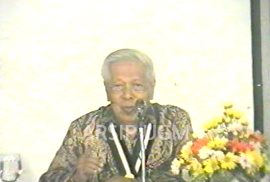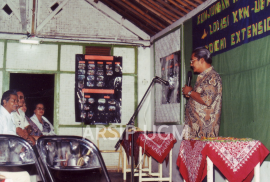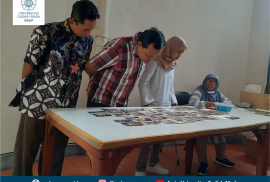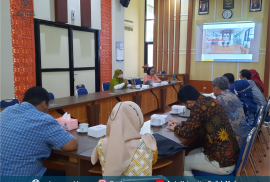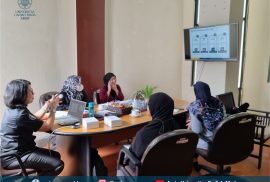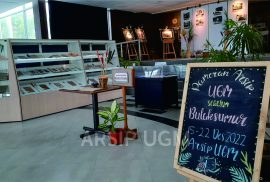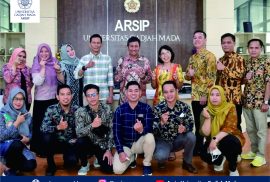Direktur Sarana Akademik Dirjen Dikti Prof. Dr. Harsono Taroepratjeka didampingi Rektor UGM Prof. Dr. Soekanto Reksohadiprodjo, M. Com. di pembukaan PIMNAS VIII
Orasi Ilmiah Prof. Dr. Selo Sumardjan dalam rangka Anugerah HB IX bertempat di Pagelaran Kraton Yogyakarta
Corps Mahasiswa Publistik mengadakan malam pertemuan penerimaan anggota baru di Gedung Tabungan Negara pada 13 Januari 1964
Rektor UGM Prof. Dr. Soekanto Reksohadiprodjo, M. Com. memberikan sambutan saat peninjauan KKN mahasiswa Extention Fakultas Ekonomi di Gondokusuman
Dies Natalis ke XII diperingati pada 8 Januari 1962 karena bersamaan waktu dengan Rapat Komando Rakyat yang diberikan oleh presiden pada 19 Desember 1961
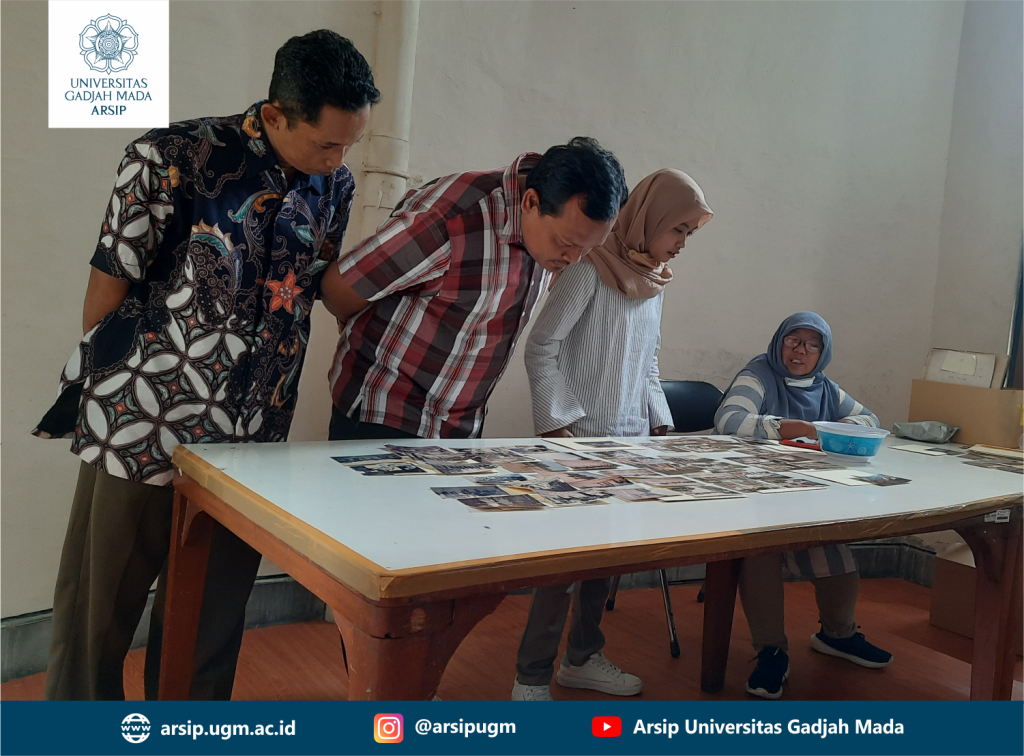
Fakultas Ekonomi dan Bisnis UPN “Veteran” Yogyakarta pada hari Kamis, tanggal 29 Desember 2022 melaksanakan studi banding ke Arsip UGM dalam rangka mendukung program pemerintah untuk menciptakan penguatan kelembagaan Perguruan Tinggi melalui pengembangan kerjasama antar Perguruan Tinggi serta dalam upaya mendukung Zona Integritas Wilayah Bebas Korupsi (ZI WBK) melalui kontribusi Fakultas dalam fungsinya terkait pemanfaatan dan penataan Arsip.
Kunjungan studi banding diterima oleh Kepala Bidang Inovasi, Pelestarian dan Konservasi Arsip, Dyana Rakhmasari Kusumaningsih, S.E., M.Ec.Dev. serta didampingi dua orang petugas arsip. Tujuan dari kunjungan studi banding tersebut adalah untuk memperoleh gambaran yang nyata dalam rangka membangun sistem kearsipan yang baik dan sesuai dengan Undang-Undang yang berlaku, mengingat bahwa pengelolaan Arsip di Fakultas Ekonomi dan Bisnis UPN belum berjalan dengan baik. Selain berdiskusi dengan Arsiparis UGM, untuk mengetahui secara langsung praktik pengelolaan arsip, rombongan diajak mengunjungi Depo Arsip UGM
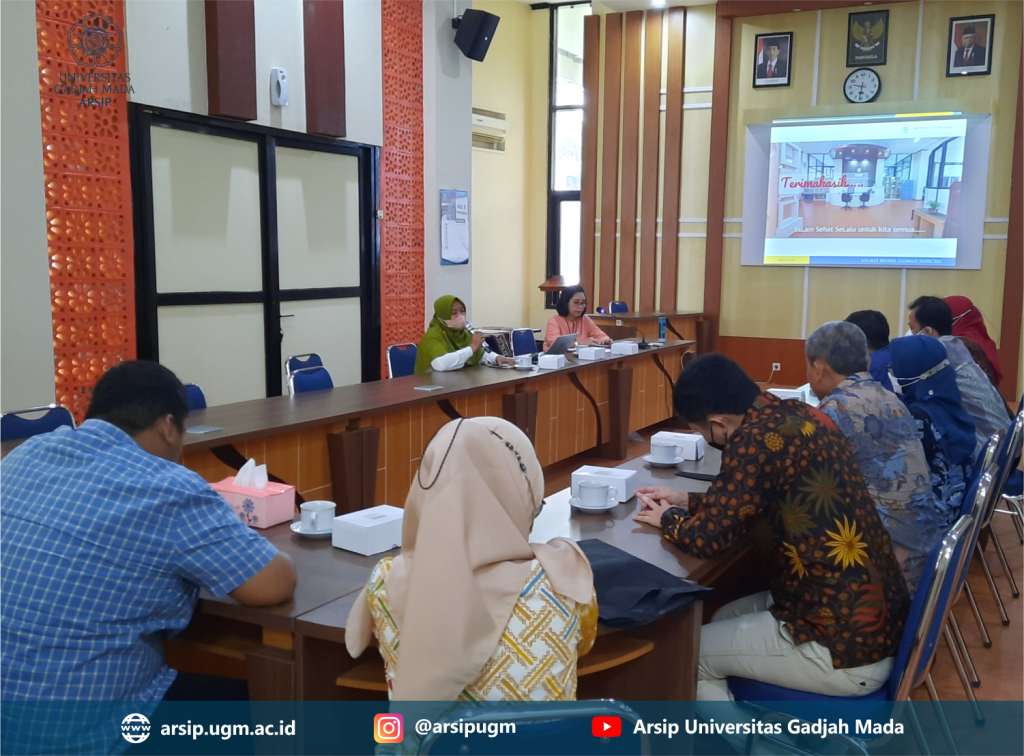
Dalam rangka pengembangan sumber daya manusia kearsipan, Direktorat Jenderal Pembinaan Pengawasan Ketenagakerjaan dan K3, Kementerian Ketenagakerjaan melakukan sharing knowledge ke Arsip Universitas Gadjah Mada pada hari Kamis, 22 Desember 2022 bertempat di Ruang Rapat Arsip UGM. Selain untuk mengetahui proses pengelolaan Arsip, kunjungan kali ini juga bertujuan untuk menggali lebih dalam terkait sistem informasi kearsipan yang ada di Arsip UGM serta program-program yang dapat di adopsi dari Arsip UGM. Kunjungan diterima langsung oleh Kepala Bidang Inovasi, Pelestarian, dan Konservasi Arsip UGM Dyana Rakhmasari Kusumaningsih, S.E., M.Ec.Dev didampingi 2 orang Arsiparis. Seperti kunjungan lainnya, rombongan diajak berkeliling menikmati Pameran Kearsipan “UGM Sebelum Bulaksumur” di Teras Arsip Lantai 3, Gedung Perpustakaan Pusat UGM.

Arsip Universitas Gadjah Mada menerima kunjungan dari Sekretariat Jenderal (Setjen) Komisi Yudisial Republik Indonesia Selasa, 20 Desember 2022 dalam rangka Benchamarking Pengelolaan Arsip. Rombongan yang terdiri dari 4 orang Pengelola Kearsipan di lingkungan Komisi Yudusial diterima langsung oleh Kepala Bidang Inovasi, Pelestarian dan Konservasi Arsip. Dyana Rakhmasari Kusumaningsih, S.E., M.Ec.Dev. didampingi 1 orang Arsiparis di Ruang Rapat Arsip UGM. Diskusi kali ini sangat menarik, selain menggali informasi pengelolaan Arsip di Arsip UGM rombongan juga diajak untuk berwisata Arsip di Arsip UGM dan mengunjungi Pameran Kearsipan, “UGM Sebelum Bulak Sumur”
[layerslider id=”9″]
Beberapa hari menuju Dies Natalis UGM, Arsip UGM akan menggelar pameran arsip dengan tema “UGM sebelum Bulaksumur”. Pameran diselenggarakan dalam rangka memperingati Dies Natalis ke-73 UGM. Kegiatan Pameran diselenggarakan pada tanggal 15 s.d 22 Desember 2022 berlokasi di Teras Arsip, Gedung Perpustakaan Pusat, Lantai 3.
Berbagai khazanah arsip yang menggambarkan potret sejak UGM berdiri di kampus UGM Kompleks Keraton Yogyakarta dan Kompleks Ngasem sebelum UGM di kampus Bulaksumur dipamerkan. Mulai dari Statuta Pertama UGM, Pidato Dies Natalis UGM, Laporan Tahunan UGM, Bahan Ajar, Stadium Generale, Penganugerahan Gelar Doctor Honoris Causa, suasana perkuliahan, hingga aktivitas mahasiswa di Kampus UGM Kompleks Keraton Yogyakarta dan Kompleks Ngasem.
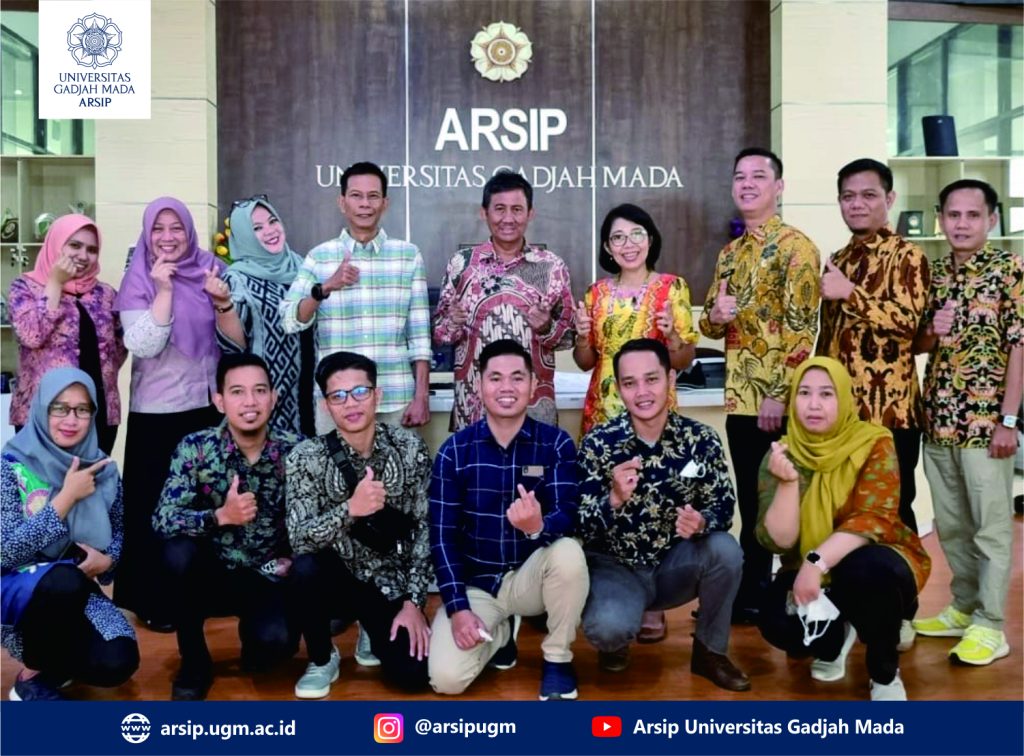
Dalam rangka pengembangan pengelolaan kearsipan dan meningkatkan pemahaman pengelola arsip di Badan Pengelolaan Keuangan dan Aset Daerah (BPKAD) Kabupaten Banyuasin menyelengggarakan Kaji Tiru ke Arsip Universitas Gadjah Mada. Kunjungan tersebut diselenggarakan pada hari Kamis, 15 Desember 2022 bertempat di Ruang Rapat Arsip Universitas Gadjah Mada. Rombongan dari BPKAD Kabupaten Banyuasin diterima langsung oleh Kepala Bidang Inovasi, Pelestarian dan Konservasi Arsip UGM Dyana Rakhmasari Kusumaningsih, S.E., M.Ec.Dev didampingi 2 orang Arsiparis. Setelah berdikusi, rombongan juga diajak untuk mengunjungi Depo Arsip dan melihat Pameran Arsip di teras Arsip UGM Lantai 3.


